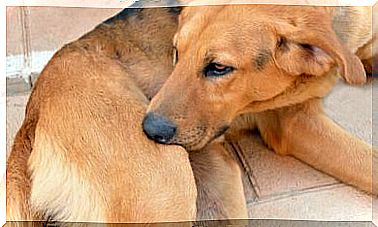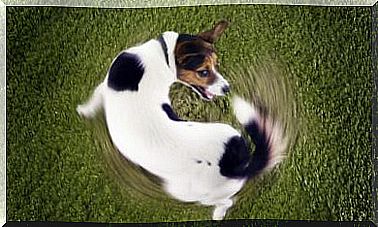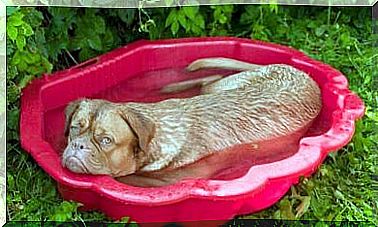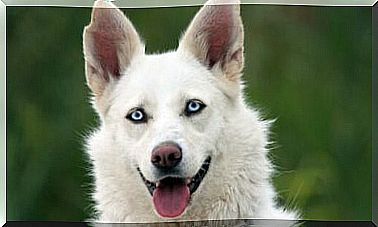The Vulture’s Role In The Ecosystem

To some people, vultures can look unpleasant. Whether for its size, particular appearance or eating habits. However, they are essential birds to ensure the balance of the environment. Below, we invite you to learn more about the main characteristics and role of the vulture in the ecosystem.
The vulture: physical and morphological aspects
Vultures are carrion birds of prey, with large wingspans and gregarious habits, which belong to the order of Falconiformes. They are characterized by being large birds, with hook-shaped beak and resistant feet. Some species of vultures can measure up to two meters, with an average weight of between 6 and 10 kilos.
Unlike most birds of prey, such as the eagle and hawks, vultures have flat claws. This characteristic makes it difficult for you to catch or kill live animals, and makes hunting maneuvers almost impossible. This is why vultures tend to feed almost exclusively on decaying meat from previously killed animals.
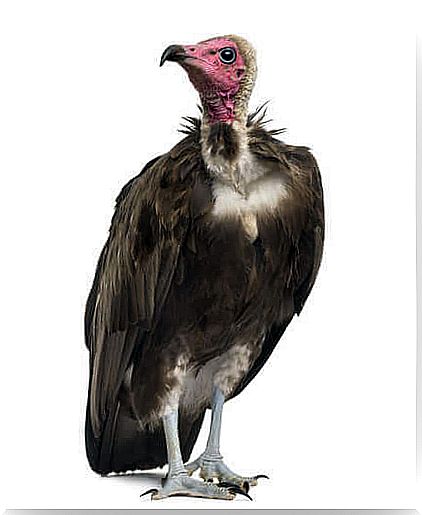
Its appearance is unattractive to most people. They have little flashy feathers, in shades of brown or light brown, and their heads are usually “naked”. Also, many adult vultures develop pink flesh on the neck and head. However, the role of the vulture in the ecosystem is fundamental.
These birds show great physical resistance and a remarkable adaptive capacity. Therefore, we can find vultures living in forests, deserts and savannas, or in very isolated places. In fact, the vultures of America can be found from the north of Canada to the extreme south of the continent, on the island of Tierra del Fuego.
The different species of vultures
Worldwide, there are more than 20 species of vultures, divided into two large families: Cathartidae and Accipitridae.
The Cathartidae vultures are also known as “New World vultures” as they inhabit the American continent. In this family, the following species stand out: condor, black vulture and king vulture. The Andes condor is one of the largest flying birds on the entire planet.
The Accipitridae family is found on other continents, with the exception of Oceania and Antarctica. In the Accipitridae family there is a more abundant number of known species, among which the following stand out:
- palm vulture
- bearded vulture
- black vulture
- Rüppell’s Griffin
- vulture
- egypt vulture
- red head vulture
- asian vulture
- eared vulture
- white head vulture
- hooded vulture
- Cape Vulture
The important role of the vulture in the ecosystem
As we see, even being “ugly” for most of us, the vulture is a crucial bird for the balance of our planet. In all environments in which they live, vultures play an important role in the ecosystem.

If this decaying flesh were not consumed, it would become a dangerous focus of various diseases and infections, and human beings would be unable to gather it and sanitize every little place in the vast earthly nature. The vulture, of course, plays this role of scavenger which, among other things, prevents the spread of many zoonoses. Unfortunately, there is an increasing number of vultures in Spain that die from poisoning as a result of consuming contaminated meat. This happens when an animal consumes some toxic substance, dies and serves as food for vultures. The venom is directly transmitted due to ingestion of poisoned blood and tissue.
This phenomenon is frequent in countries where wild animals normally transit between urban and rural areas. This is the case in India, Nepal and Pakistan, where animals enter cities in search of easy food. Due to lack of knowledge or hunger, they may consume cleaning products, rat poison, other toxic substances, etc.
The immeasurable advance of civilizations on the natural habitat of numerous species has harmful effects on the environment. One of them appears when we interfere with the vulture’s role in the ecosystem and contribute to the accumulation of decaying organic matter.
The consequence of man’s intervention is this normal development of nature, which generally results in the spread of a large number of severe diseases and in contributing to a general contamination.



